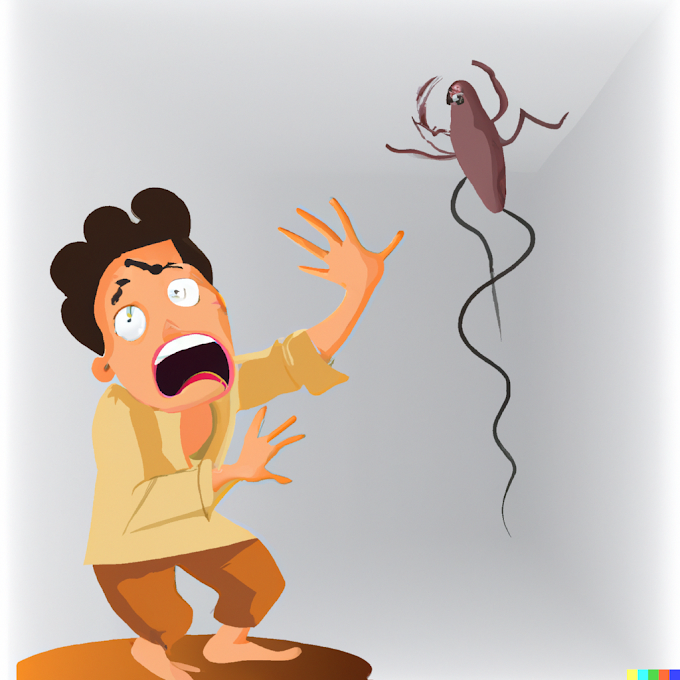 |
| A Woman get Cured of HIV by using Umbilical Cord Blood cells |
Yvonne Bryson, M.D., an irresistible illness specialist at UCLA, introduced the instance of an American lady who was restored of HIV in the wake of getting another transfer methodology that used gave umbilical line blood. Bryson introduced the contextual investigation at the Conference on Retroviruses and Opportunistic Infections.
In the public interview, Bryson said, "Today, we detailed the third known instance of HIV abatement and the primary lady following an immature microorganism to relocate and utilizing HIV-safe cells."
The originally realized patient relieved of HIV was Timothy Ray Brown, named the "Berlin Patient." The second was Adam Castillejo, known as the "London Patient." Both men went through immature microorganism transfers in the wake of being determined to have leukemia, on account of Brown, and Hodgkin's lymphoma, on account of Castillejo.
The lady has not been freely distinguished. She was determined to have HIV in 2013, and in 2017, she grew high-hazard intense myeloid leukemia. She got an immature microorganism to relocate to treat the two sicknesses. Notwithstanding, the strategy was not the same as Brown and Castillejo, who got immature microorganisms from grown-ups.
In the latest case, the lady got a "haplo/string transfer" comprised of a combination of undifferentiated organisms from a family member and undeveloped cells from a newborn child's umbilical line. The undifferentiated cells from the baby held a normally happening however interesting erasure in the CCR5 quality that gives invulnerability to contamination by HIV. The erasure shows up in a few uncommon individuals of Northern European or Caucasian plummet.
Bryson noticed, "This case is exceptional for a long time: First, our member was a U.S. lady living with HIV of blended race, who required an undifferentiated cell relocate for treatment of her leukemia. Also she would figure out a more troublesome opportunity finding both a hereditary coordinate and one with the HIV-safe change to both fix her disease and possibly her HIV. This is a characteristic yet uncommon transformation."
Despite the fact that the method seems to have been effective, Bryson noticed that the cancellation is interesting to the point that it's probably not going to turn into a standard system since there may ultimately just be "around no less than 50 [people] each year that might profit from this."
As Carlos del Rio, M.D., a teacher of medication at Emory University School of Medicine, told The Washington Post, "This is basic science to ultimately get us to a fix. This is certainly not a versatile intercession. The manner in which I contemplate this: This resembles sending somebody on a rocket to the moon. It's extraordinary science, yet it's not the manner in which we will travel."
Sharon Lewin, the president-elect of the International AIDS Society, said, "A bone-marrow transplant is not a viable large-scale strategy for curing HIV, but it does present a proof of concept that HIV can be cured. It also further strengthens using gene therapy as a viable strategy for an HIV cure"
Strangely, in Nov. 2018, a Chinese analyst, He Jiankui, used CRISPR-Cas9 quality altering to adjust the DNA of undeveloped organisms for seven couples, debilitating the CCR5 quality. Something like one bunch of twins was feasible and conceived. The dads of the children all had HIV that was taken care of. He Jiankui asserted the altering was performed to give the youngsters insurance.
The exploration was met with worldwide judgment since He Jiankui's system changed the germline of kids who might proceed to be conceived. At last, He Jianjui was condemned to three years in jail and fined $430,000 by the Chinese government. The whole episode brought about a worldwide ban on the quality altering of microbe cells.
Albeit this third instance of a fix has limits, it proposes there could some time or another be a potential for adjustments of the CCR5 quality that could have more extensive applications for relieving HIV.
Sources:- https://www.biospace.com/article/
CLICK HERE to fill the call back form.









0 Comments